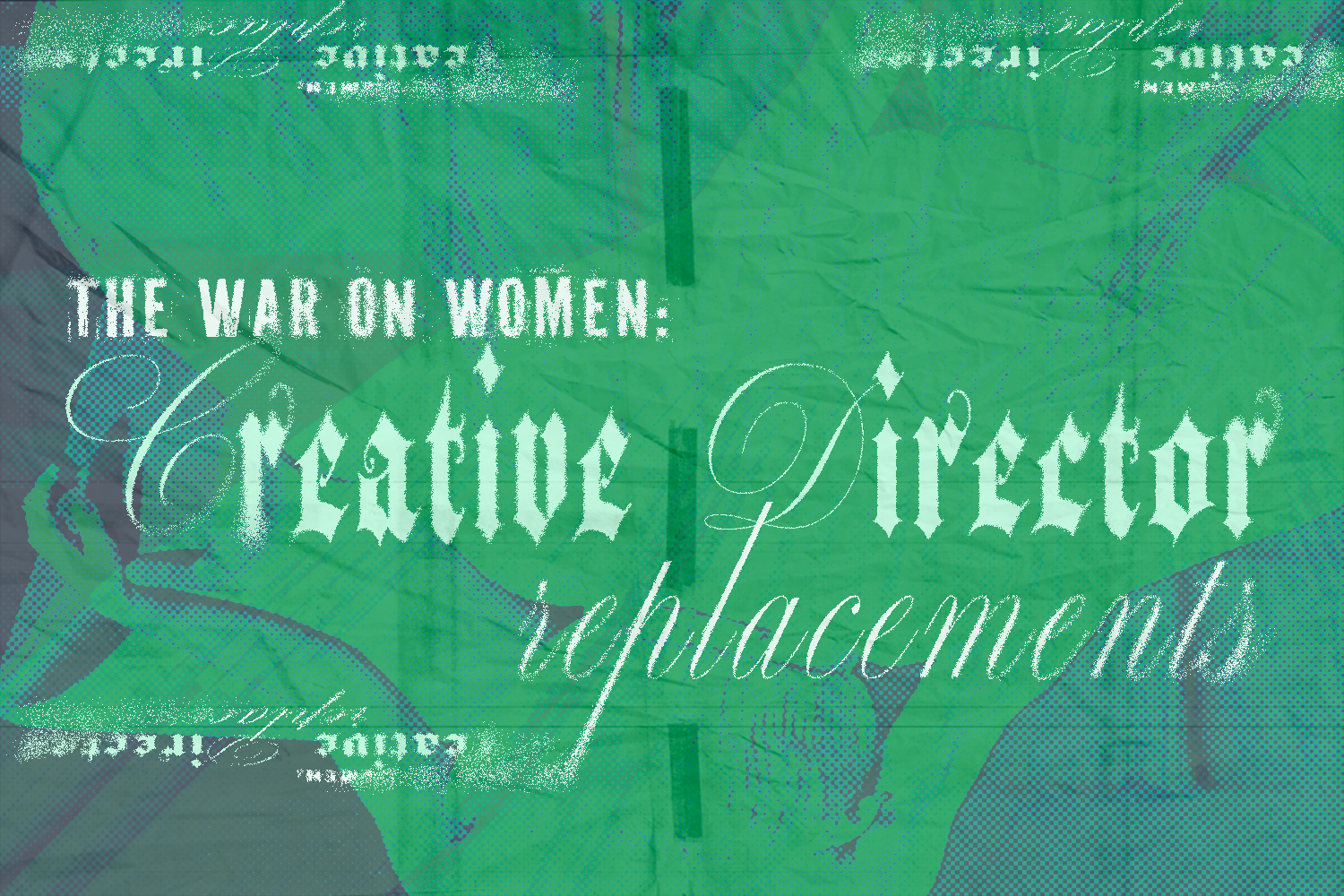The fashion industry experienced a great loss this season. Sarah Burton stepped down as creative director behind Alexander McQueen after having been with the company for twenty-six years. She was the head of womenswear for ten years then took over as creative director in 2010 after Lee Alexander McQueen passed. Many were wary of her and the brand’s image, but just a year later, Burton designed Princess Kate Middleton’s infamous wedding dress. Ever since, her prominence and genius was recognized around the world.
Her stepping down came as a shock to many. Alexander McQueen is one of many fashion houses owned by Kering, a luxury goods multinational corporation. Kering also owns Gucci, Balenciaga, Bottega Veneta, Yves Saint Laurent, and Creed. Kering’s biggest competitor is LVMH, who owns Louis Vuitton, Dior, Tiffany & Co, and more. This past year Kering attempted to catapult themselves ahead of LVMH by making executive-level changes in all of the brands under Kering, and Sarah Burton was not the only casualty. Alessandro Michele, Gucci’s creative director from 2015 to 2023, was replaced this year by Sabato De Sarno. Michele allegedly stepped down because of “differences in the idea of direction for the company”. Sabato De Sarno’s idea of the direction was not well received when he showed his first line this past season. Many thought the pieces were boring and seemingly low-quality, but this could have just been disguised hesitance at accepting a new direction for the brand. Kering also replaced the Gucci CEO, Marco Bizzarri. The issue at hand is not the shifts themselves, but the replacements that were chosen.
Less than a month after the announcement of Burton’s departure from McQueen and mere days after her final show with the brand, Sean McGirr was named as her successor. This change makes all six of Kering’s creative directors white men. Most of LVMH’s creative directors are also men (aside from Dior creative director Maria Grazia Chiuri). This overwhelmingly white male demographic of fashion’s leading creative directors brings up very important and unsolved questions: Why are we letting men be in charge of women’s wear? Are there no women who are just as capable at being creative directors? Where are the women?
Only 29.4% of creative directors worldwide are women, but 85% of graduates from fashion institutions are women. It’s disheartening and unfair. When does it end? Not only are women more than capable to thrive in these positions, but they excel in them. Sarah Burton did an incredible job at McQueen because she knew her consumer on a level that a man never could. She welcomed women into the brand and created an environment where they could feel safe, while also empowered to break rules, take risks, and dream.
In many ways, Burton set the tone for other female designers in the industry to tap into femininity in ways that dig deeper than fragility or daintiness. Brands like Sandy Liang who speaks the language of girlhood effortlessly, thrive in a market that Sarah Burton’s McQueen cultivated. Burton’s designs made women feel powerful and confident.
Burton leaving the helm of McQueen has left a hole in the hearts of many, and the appointment of yet another cis white man as her replacement frankly feels like a slap in the face to all that she has done. Has Kering learned nothing about the impact of women designing for women? Burton’s McQueen has shown us that when designers represent people (of any identity), it has power. Her departure created a space for another woman or a BIPOC designer to take the reins at McQueen and further develop this dialogue between consumers and brands. The appointment of Sean McGirr–happy as I am for him–feels like a blatant disregard of this progress. Why must she be replaced, and why is her replacement a move taking the brand three steps backwards?
There is no optimistic future for the fashion world until designers of every gender, race, and sexuality are equally and equitably uplifted. We’ve been saying this for years and it seems that executives never listen. Perhaps the answer is to stray from the likes of Kering and LVMH and support the copious smaller brands that are run by women and people of color, creating space for them in the industry that these C-suites refuse to create.
Written by Alix Russell-Mann and Flora Medina.
Graphic by Eve Friday.

